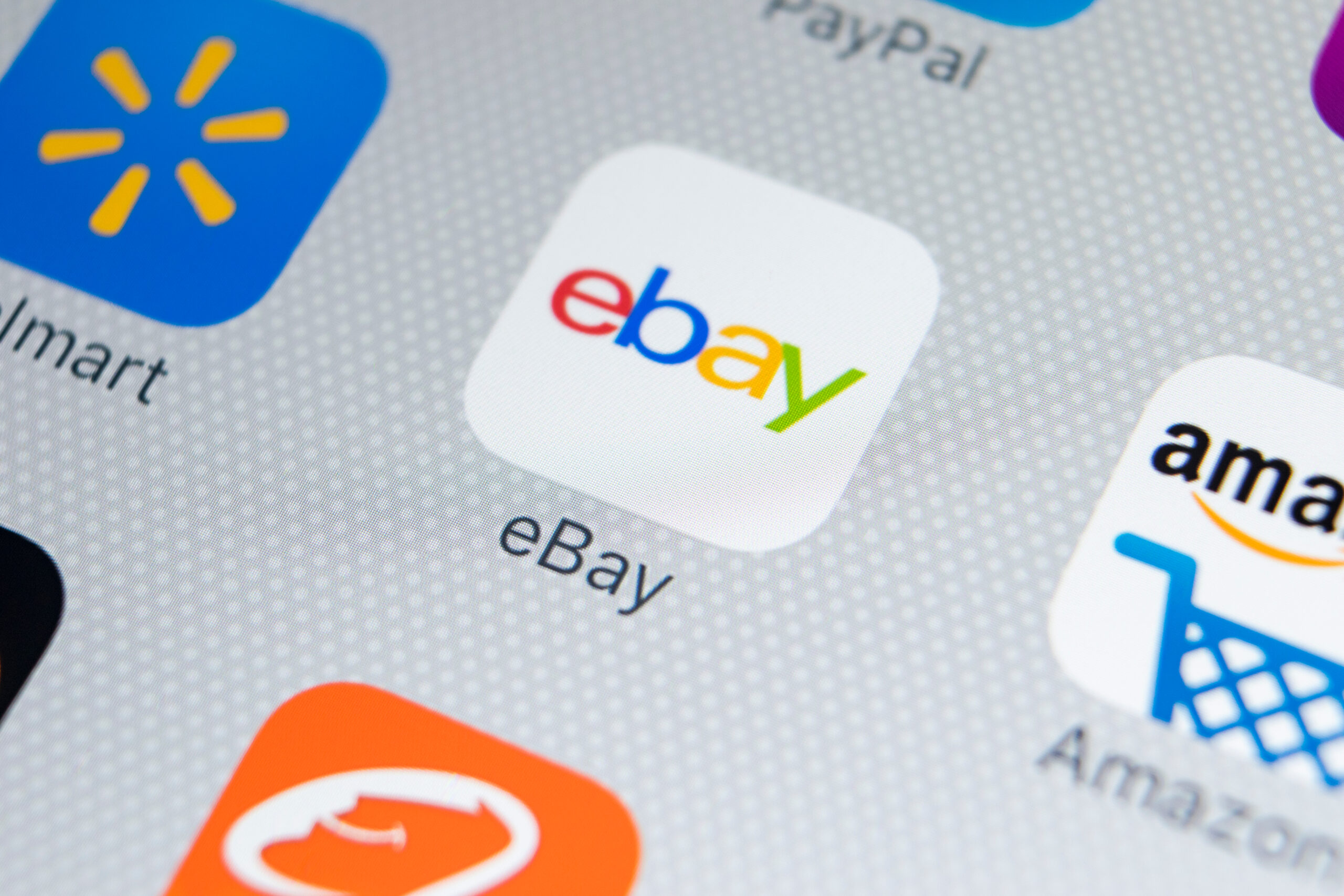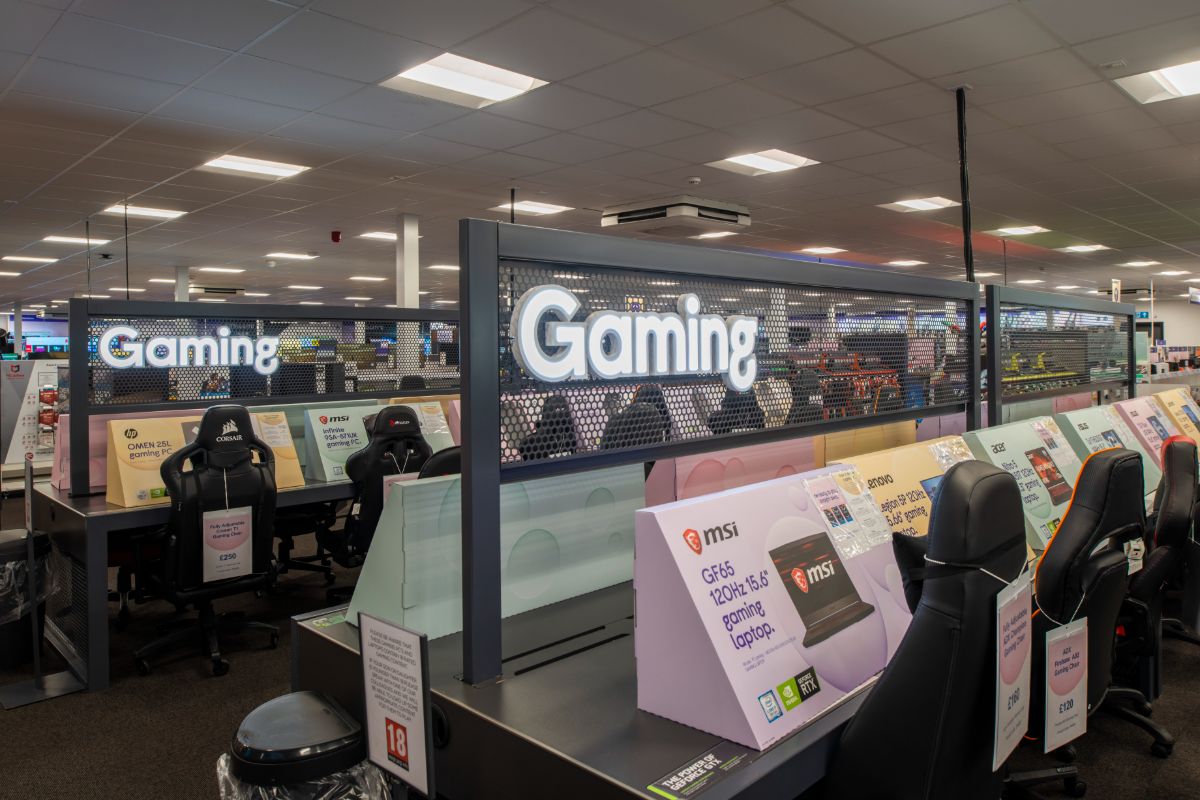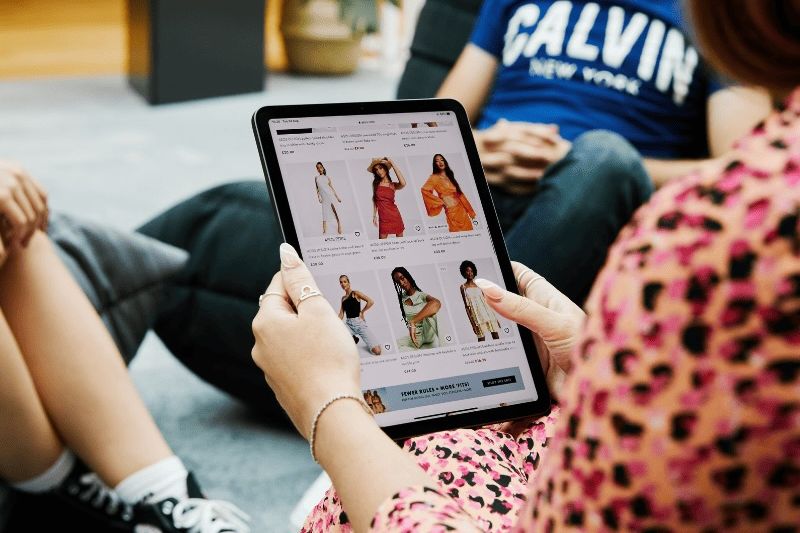The world of retail is dominated by mobile devices – understanding how, why and when customers use them, and how to monitise this behaviour is now central to the success of any retail strategy, says Dan Mortimer, CEO at Red Ant
Findings from ICM’s Research last month revealed that people are visiting retailers’ mobile websites more often than their apps, but are more likely to buy through an app, meaning brands must ensure both are on par. It goes without saying that every retailer should have a mobile presence – today’s customers expect to be able to engage with their favourite brands, shopping whenever and however they choose. But, in the scrum to maintain relevance in an increasingly mobile environment, it can be challenging for retailers to find and stay on the right path.
When it comes to best practice for embarking on a mobile roadmap, there are three key areas to consider.
1. Know your customer
The customer really is king when it comes to mobile – they are masters of their own shopping destiny, with purchasing power literally in their pockets and at their fingertips. So the focus of any retailer’s mobile strategy development should be the customer – they must be at the heart of all activity, with their needs and behaviours central to development, whether they’re at home, on the move or in store.
Mobile starts and ends with the user – these are the key steps for making sure they are central to the strategy:
• Start from the bottom and build upwards – begin with customer experience and take it from there. While design is important, it isn’t user experience. Swapping to flat icons and more stark typography might keep up with the design trends of the time, but unless retailers deliver the right experience beyond that, it won’t have any effect on user experience, and may even damage their brand due to a reliance on style over substance.
• Ensure the mobile strategy is task-based and gives customers what they need to achieve their purchase goals. From this base, retailers can go on to use cutting-edge mobile-enabled technology such as beacons, small Bluetooth transmitters that can send information to nearby smart devices, to make intelligent use of the data they gather to create surprising, memorable and personalised outcomes which increase sales both via mobile and in-store.
• Develop unique, device-specific features which provide a ‘joined up’ retail experience – one which enhances the user journey on- and offline, encourages purchases, as well as providing extra product information and access to exclusive content and deals. It’s a mistake to see mobile as just a ‘mini PC’. Mobile first is the way to make it work for the customer, who is more likely to be accessing content on a tablet or smartphone, whether they’re on the move or on the couch.
• Ensure that sales staff have access to the same, high-level, high-quality mobile content as customers. Research by Oracle shows that 40per cent of customers would spend more in-store if they can speak to knowledgeable, friendly staff, so give them what they need to make this a reality. Our own research among retail staff shows that 74 per cent believe using mobile retail technology would have a positive effect on morale and productivity, and 63 per cent believe that tablets would help them increase sales by up to 30 per cent.
2. Know your aims
One of the biggest mistakes retailers make in developing a mobile strategy is to enter into the project with no idea of what they want to accomplish – if the retailer doesn’t understand what they’re doing, or why they are doing it, how can the user be expected to know?
• Work out the destination before starting to draw the map; is it increased sales; the ability to offer personalised deals and incentives; the need to increase footfall in-store? The answers to these questions will inform the direction of the strategy and KPIs/deliverables.
• Don’t over-promise, or risk under-delivering. A simple customer-focused experience which brings together all business channels in a seamless way, intuitively mapped, will keep customers satisfied.
• Keep it clean, keep it clear. Exercise caution in putting time and money into features like closed social networks, games or augmented reality before the core business of selling products is up and running.
3. Know your partners
Developing a compelling mobile user experience takes specialist skills, so retailers need to take care when selecting a strategic partner for mobile retail. Those who don’t take the time to find a partner who is in tune with their business requirements may find that they are left with a mobile approach which is isolated from their core business rather than bringing channels together, fails to meet customer needs and delivers no benefits to the sales process.
It is essential to aim for a long-term relationship with the right kind of partner who has the right kind of credentials – proven technical knowledge and experience of the industry should count for much more than the ability to design a Flappy Bird copy or colour-co-ordinated catalogue pages. Questions to ask a potential long-term mobile retail partner are:
• Do you know what you’re doing – have you done this before?
• Did it work? Can you back this up with metrics?
• Can you integrate with existing business teams, systems and platforms?
• Are you ready for the future – do you build for growth, new technologies, industry changes and advances?
The bottom line
The ubiquity of mobile technology means that customer expectations have never been higher, and retailers need to recognise that seamless cross-channel journeys, with the customer at heart and mobile as the thread which brings them all together, are essential to the success of their business. Retailers who know their customers, know their aims and know their partners will have a robust approach to mobile strategy with best practice as its foundation.








